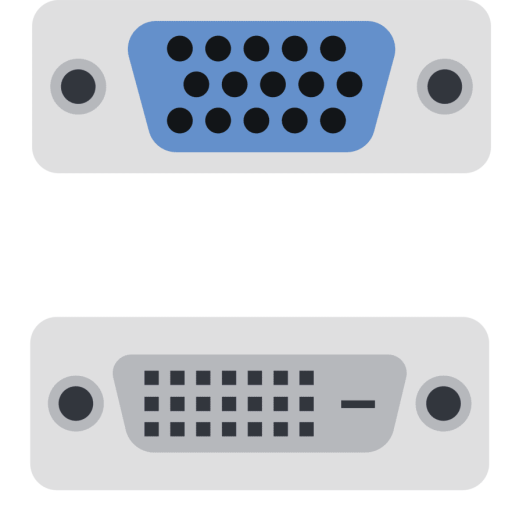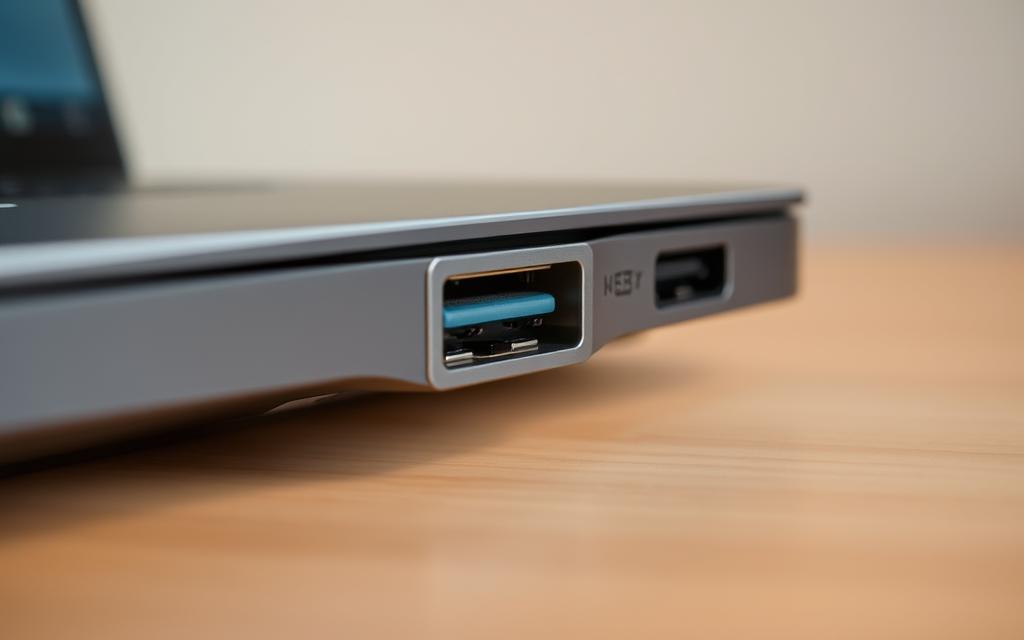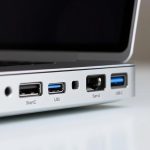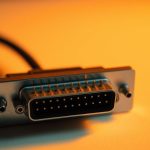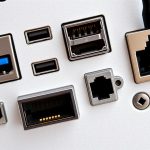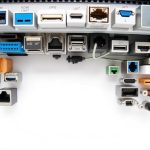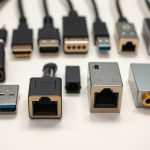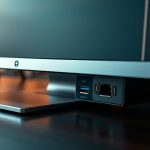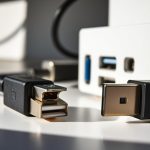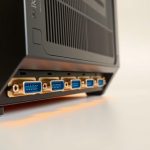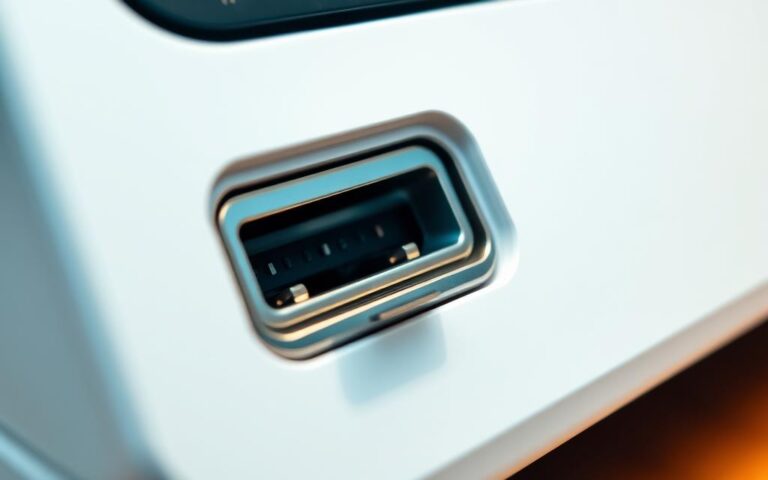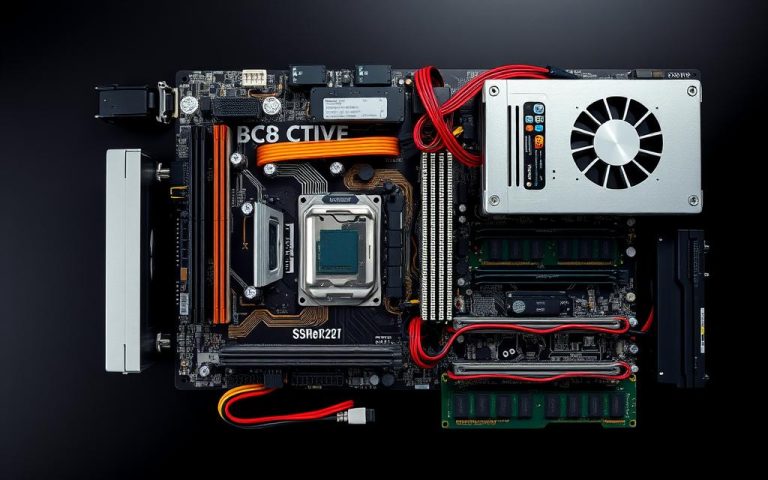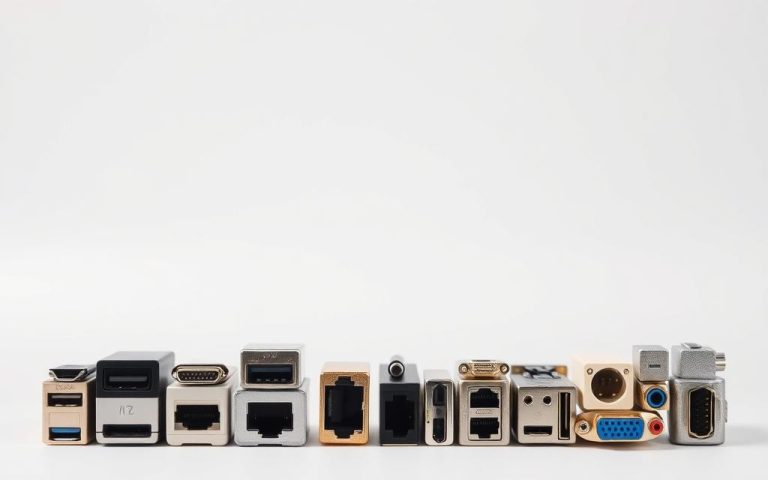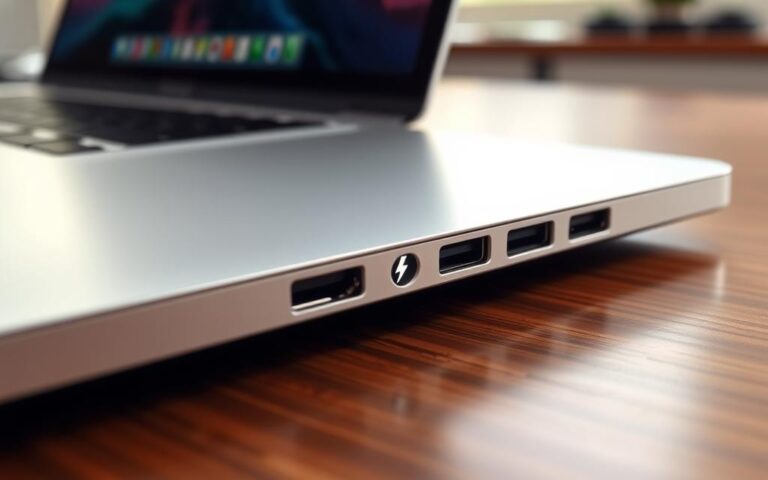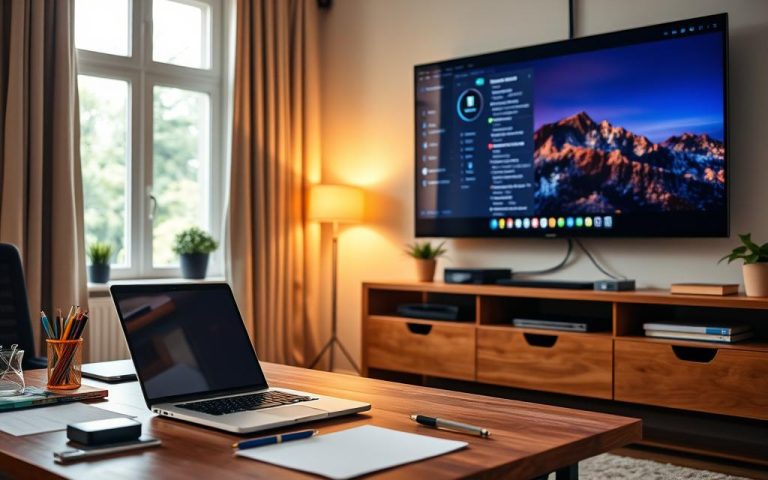Discover Where is USB Port on Computer: Locations Explained
Universal Serial Bus (USB) technology has revolutionized the way we connect devices to our computers. With its fast speeds and reliable connections, USB has become an essential feature for transferring data between peripherals like printers, external hard drives, and more.
Understanding the location of USB ports on your computer is crucial for connecting peripherals and troubleshooting connection issues. This guide will walk you through the typical locations of USB ports on various computer models and configurations, helping you identify them with ease.
Whether you’re a Windows or Mac user, this article will provide you with the knowledge to locate and verify USB ports on your system, ensuring you’re equipped to connect your devices efficiently.
Understanding USB Ports and Their Importance
In the world of technology, USB ports play a pivotal role in device connectivity and functionality. USB ports have revolutionized the way we interact with our computers and other devices.
What is a USB Port?
A USB port is a standard interface for connecting various devices to a computer, offering fast speeds and reliable connections. It has become an essential component of modern computers, facilitating data transfer, charging, and connectivity.
Common Uses for USB Ports
USB ports are incredibly versatile, supporting a wide range of applications. Some of the most common uses include:
- Facilitating data transfer between computers and external storage devices like flash drives and external hard drives.
- Enabling the connection of input devices such as keyboards, mice, and game controllers.
- Allowing for the connection of output devices including printers, speakers, and external displays.
- Charging mobile devices such as phones and tablets.
- Supporting specialized peripherals like webcams, microphones, and professional equipment.
As noted by a tech expert, “USB ports have simplified the way we connect and interact with our devices, making it easier to transfer data, charge our devices, and expand our computer’s capabilities.” The versatility of USB ports is undeniable, and their importance will only continue to grow as technology advances.
Where is USB Port on Computer: Common Locations
USB ports are essential components of modern computers, and their locations can vary significantly across different devices. Understanding the common locations of these ports can enhance your ability to connect peripherals efficiently.
Front Panel USB Ports
Many desktop computers have USB ports on their front panel for easy access. This is particularly useful for frequently connecting devices like flash drives. For more information on computer ports, you can visit https://edu.gcfglobal.org/en/computerbasics/buttons-and-ports-on-a-computer/1/.
Rear Panel USB Ports
The rear panel of desktop computers typically houses additional USB ports along with other connectors. These are used for peripherals that don’t need frequent disconnection. To learn more about finding USB ports, check out https://pcport.co.uk/finding-the-usb-port-on-your-computer/.
Side Panel USB Ports on Laptops
Laptops usually have USB ports along their sides for convenience. The distribution may vary, with some models having ports on one side and others on both, ensuring easy access in various usage scenarios.
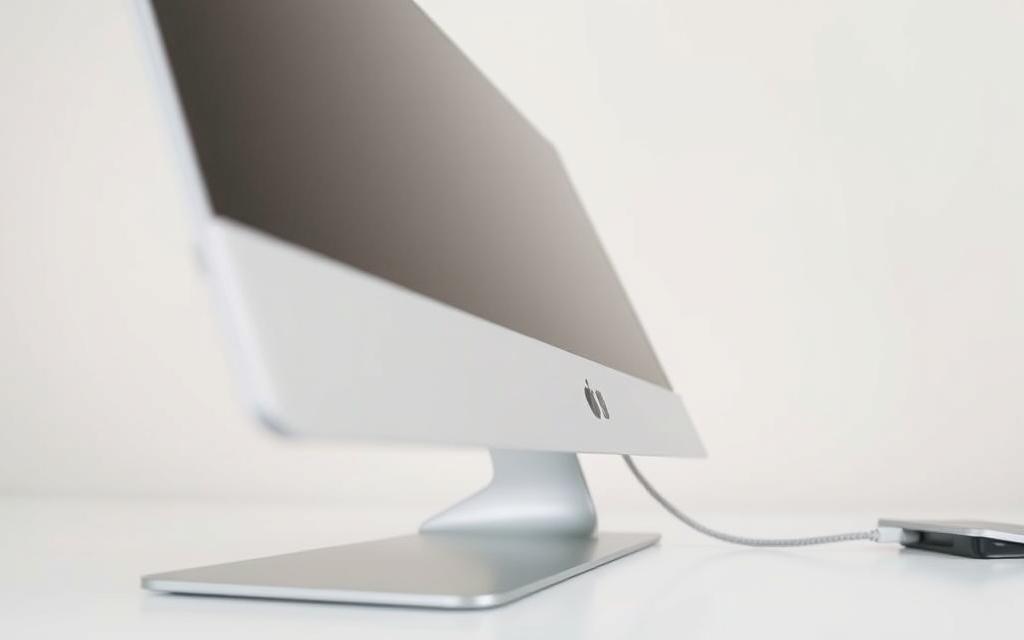
How to Identify Different Types of USB Ports
To get the most out of your computer, it’s vital to understand the different types of USB ports and their respective capabilities. USB ports come in various shapes, sizes, and speeds, making identification crucial for optimal performance.
USB2.0 vs USB3.0 Ports
The main difference between USB2.0 and USB3.0 ports lies in their transfer speeds. USB3.0 ports, often colored blue, offer significantly faster speeds than their USB2.0 counterparts. You can also identify USB3.0 ports by looking for the “SS” (SuperSpeed) logo.
USB-C and Newer Port Types
USB-C ports represent a newer standard, characterized by their smaller, rounded rectangle shape. These ports can support faster speeds and are often used for both data transfer and power delivery. Some USB-C ports may also support alternate modes like Thunderbolt or display output.
Visual Indicators and Color Coding
Visual indicators and color coding can help you identify USB ports. Typically, USB2.0 ports are black or white, while blue ports indicate USB3.0 compatibility. The “SS” logo is another indicator of USB3.0
Some manufacturers also use additional icons to denote special features like sleep-and-charge functionality.
Finding USB Ports Through System Settings
System settings provide a straightforward way to find information about USB ports on your computer. This method is particularly useful when you need to troubleshoot or identify the capabilities of your USB ports.
Locating USB Ports on Windows Computers
On Windows computers, you can use the Device Manager to locate USB ports. To do this:
Using Device Manager
Press the Windows key + X and select Device Manager. In the Device Manager window, expand the “Universal Serial Bus controllers” section to see a list of USB ports.
System Information Tool
You can also use the System Information tool by typing “msinfo32” in the Run dialog box (Windows key + R). This provides detailed information about your system’s hardware, including USB ports used for connecting devices like a camera.
Locating USB Ports on Mac Computers
On Mac computers, you can find information about USB ports through the System Information utility.
Using System Information
To access this, hold the Option key and click the Apple menu, then select “System Information.”
About This Mac Option
The “About This Mac” option provides an overview, and clicking “System Report” gives detailed information about your USB ports, including their capability for data transfer and the type of cable used.
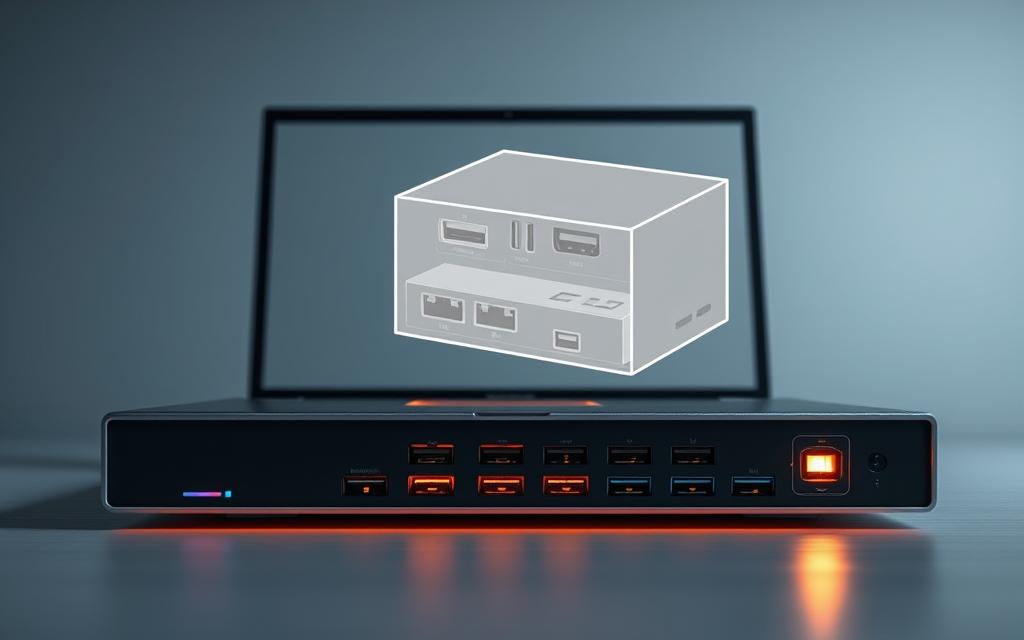
Conclusion
To make the most of your computer’s capabilities, it’s essential to know where to find and how to use its USB ports. Understanding the different types of USB ports and their locations can significantly enhance your computing experience. For instance, knowing whether your computer has USB 2.0, USB 3.0, or USB-C ports helps you choose the right cable or camera for your needs. You can refer to resources like this comprehensive overview to learn more about the various ports on your computer. By grasping these concepts, you can optimize your connections and data transfer speeds, ensuring a more efficient and enjoyable user experience.
FAQ
What is the difference between USB2.0 and USB3.0 ports?
USB3.0 ports offer faster transfer rates, typically up to 5 Gbps, while USB2.0 ports have a maximum transfer rate of 480 Mbps. USB3.0 ports are usually blue in color and are backward compatible with USB2.0 devices.
How can I identify USB3.0 ports on my computer?
USB3.0 ports are often marked with a blue color or the “SS” (SuperSpeed) logo. You can also check your computer’s documentation or manufacturer’s website to confirm the type of USB ports available.
What is a Universal Serial Bus (USB) controller?
A USB controller is a component that manages the communication between your computer and USB devices. It is usually listed in the Device Manager under “Universal Serial Bus controllers.”
Can I use a USB-C cable with a USB3.0 port?
Yes, you can use a USB-C cable with a USB3.0 port, but you will need a USB-C to USB-A adapter or cable. USB-C is a newer, reversible connector that can be used for both data transfer and power delivery.
How do I check the USB ports on my Windows computer?
You can check the USB ports on your Windows computer by opening the Device Manager, expanding the “Universal Serial Bus controllers” section, and looking for the USB devices listed.
What are the transfer rates for different USB versions?
The transfer rates for different USB versions are as follows: USB2.0 (480 Mbps), USB3.0 (up to 5 Gbps), USB3.1 (up to 10 Gbps), and USB3.2 (up to 20 Gbps).
Can I use a USB device with a different USB version?
Yes, USB devices are generally backward compatible, meaning you can use a USB3.0 device with a USB2.0 port, but the transfer rate will be limited to the slower USB2.0 speed.
